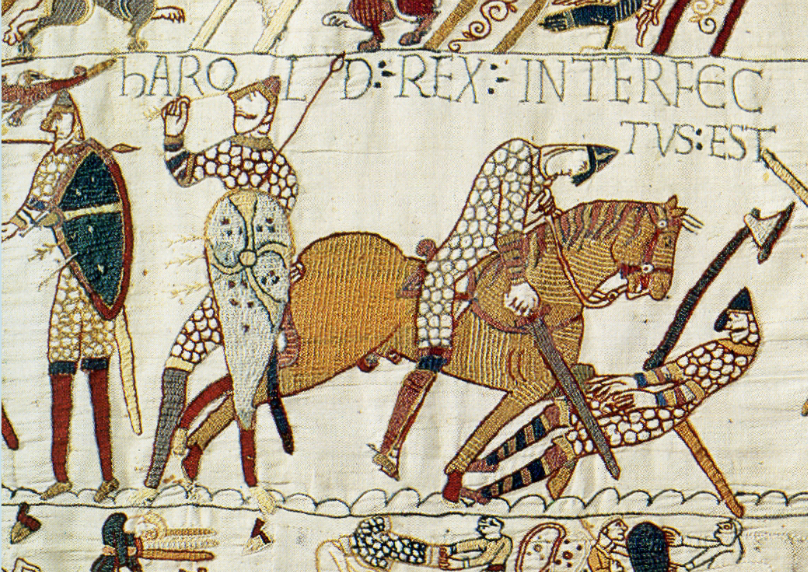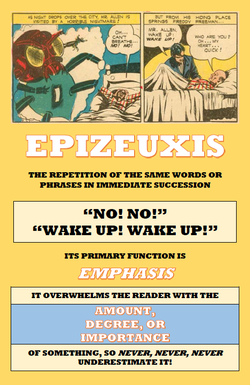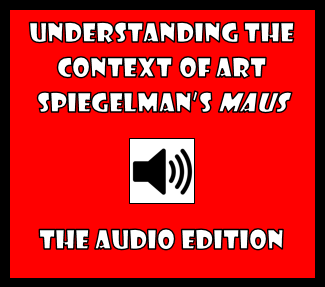"Visual Note-Taking" Activity
3/21/2014
DescriptionStudents use a combination of words and images in order to create a visual narrative of a process, sequence, set of instructions, or procedure related to their study within a specific discipline. The instructor can have them create this to show the steps they have taken in a lab, to organize how they will prepare for a set of exams, to reflect on a strategy used in a particular sport or physical activity, or even to explore how they might handle and unfamiliar task. SkillsSelf Awareness, Critical Thinking, Navigation Skills PurposeBy the end of the activity, students should recognize the extent to which using a combination of words and images can help them to think in non-linear ways about a given task. There is much to be said when it comes to note-taking of breaking things down into a series of written steps, bullet points, or explanations, but going from the intricate web of ideas in a student’s head to the linear is not always easy. The visual note-taking, process description or instruction writing allows them not just to think outside the box, but to put the box aside and just to think. Critical Thinking Questions
Navigation Skills Questions
How Can Visual Narrative Foster Inquiry in This Activity?This activity is thinking and inquiry in their purest form—allowing the student to make sense of something without being restricted by the linearity of formal sentence mechanics. If a picture tells a thousand words, and there are a thousand words in the student’s head, do I really want to have them write them all down? The inspiration for the activity comes from the Bayeux Tapestry, a 70 m long woven fabric showing the Battle of Hastings and both what led up to it and what followed. This remarkable medieval comic doesn’t just give us insight into 11th century Anglo-Norman relations, but what the weavers perceived worthy of inclusion, and what they felt they needed to explain or refrain from explaining.
0 Comments
Your comment will be posted after it is approved.
Leave a Reply. |
Glen DowneyDr. Glen Downey is an award-winning children's author, educator, and academic from Oakville, Ontario. He works as a children's writer for Rubicon Publishing, a reviewer for PW Comics World, an editor for the Sequart Organization, and serves as the Chair of English and Drama at The York School in Toronto. If you've found this site useful and would like to donate to Comics in Education, we'd really appreciate the support!
Archives
February 2019
|




 RSS Feed
RSS Feed
